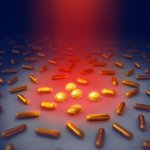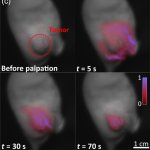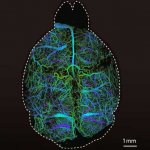
News • Non-invasive structured bioink deposition
A pill-sized bioprinter could repair GI tract injuries from the inside
To help repair soft tissue injuries of the gastrointestinal tract like ulcers or hemorrhages, EPFL researchers envision a new class of device: a pill-sized, swallowable bioprinter.





















































